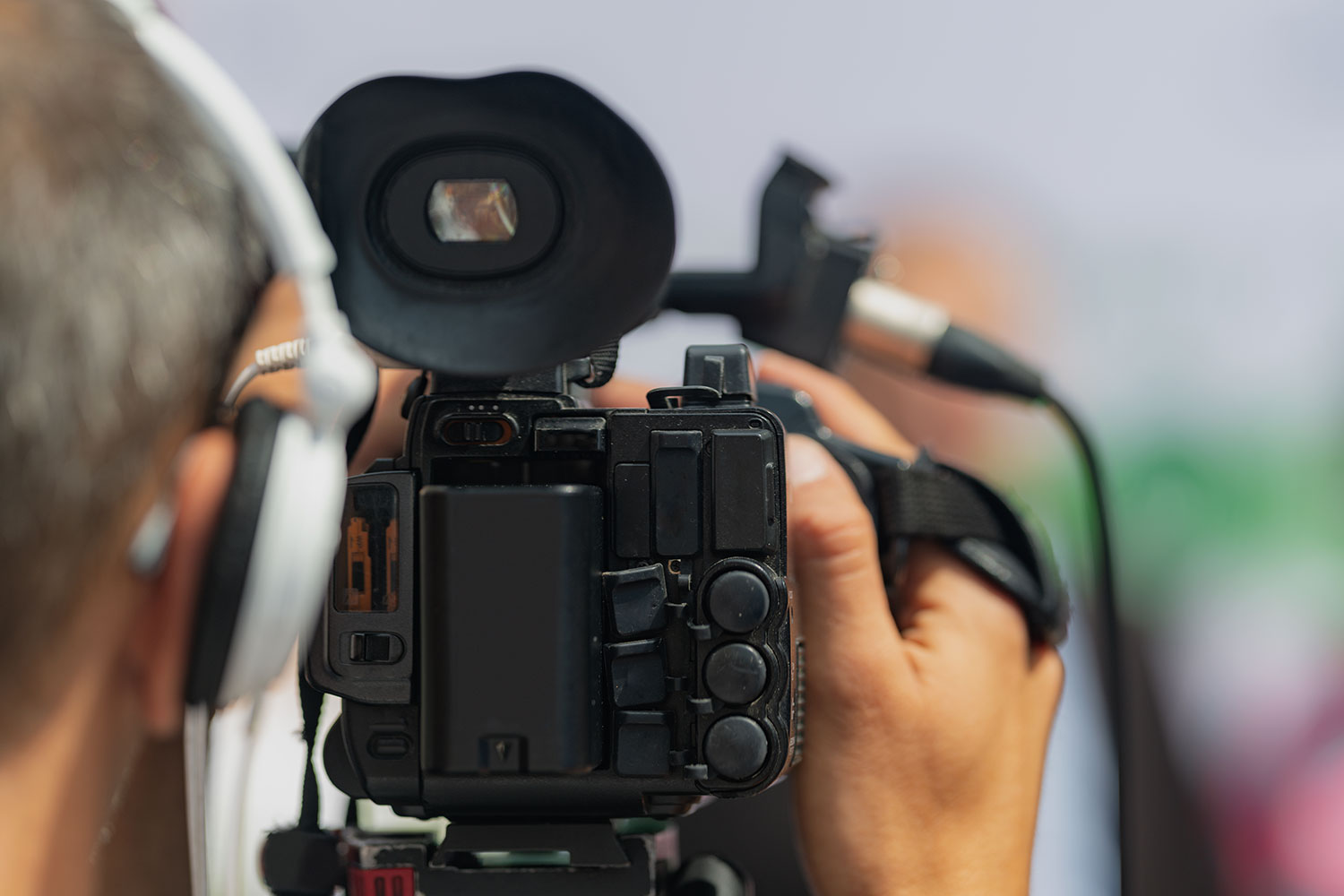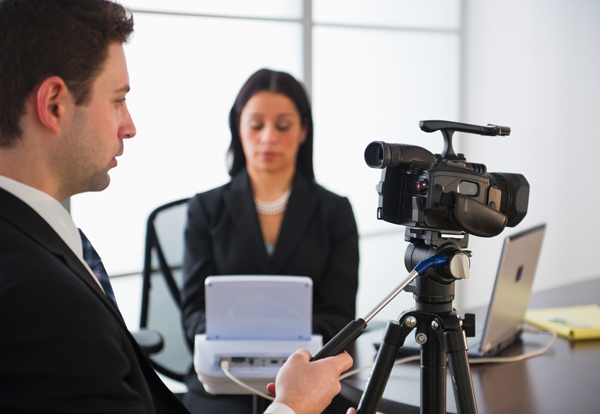Exploring the Mechanisms of Legal Videography: Unveiling Its Operation in Shielding Authentic Aesthetic Testimony for Judicial Process
In the world of judicial proceedings, the duty of legal videography stands as a keystone in maintaining and presenting visual proof. As technology proceeds to development, the mechanisms behind lawful videography have become significantly elaborate, supplying a critical layer of credibility to statements recorded on video.
Historic Development of Lawful Videography
Examining the historic progression of lawful videography reveals a considerable transformation in the catching and discussion of visual proof within the lawful landscape. In the past, lawful procedures greatly relied on composed records and pictures to document events and provide proof. Nevertheless, with the arrival of video clip modern technology, the legal industry experienced a paradigm change in just how aesthetic testimony was captured and presented.
The development of lawful videography can be mapped back to the late 20th century when developments in video recording devices made it a lot more obtainable for use in court rooms. This technical innovation not only boosted the precision and integrity of aesthetic evidence however additionally revolutionized the means instances were presented to courts and courts (Legal Videography). Lawyers started to recognize the convincing power of video clip recordings in sharing feelings, nuances, and non-verbal cues that written records or photos alone can not record effectively

Innovation Developments in Video Paperwork
What crucial technological developments have changed video documentation in the lawful area? The legal area has actually seen considerable improvements in video documentation innovation that have enhanced the credibility and integrity of visual evidence in judicial process. Among the essential developments is high-definition (HD) video clip recording capacities, which supply crystal-clear pictures and sharp information that are critical for properly capturing statements, face expressions, and other visual cues. Additionally, the integration of timestamping and metadata attributes in video documentation tools has made it possible for accurate documents of when and where the video clip was taped, making sure the integrity of the evidence presented in court.
Moreover, improvements in video file encryption and watermarking innovations have strengthened the safety and security and tamper-proof nature of video clip proof, guarding it against unauthorized modifications or meddling. Furthermore, the development of cloud storage space options and remote gain access to capacities has streamlined the storage, retrieval, and sharing of video clip evidence, promoting seamless collaboration among attorneys and making certain efficient access to important visual testimonies when needed. These technological improvements in video clip paperwork have actually certainly reinvented the lawful field, improving the accuracy, credibility, and admissibility of aesthetic proof in judicial procedures.
Function of Lawful Videographers in Courtroom Settings
The evolution of video clip documentation modern technology in the lawful field has demanded a crucial duty for lawful videographers in court settings, making sure the integrity and reliability of aesthetic statements offered throughout judicial procedures. Legal videographers play a basic role check my source in recording and maintaining precise aesthetic evidence that can be crucial in litigation. Their duty reaches setting up devices, videotaping process, and producing top quality video clips that properly show the events in the court.
In courtroom setups, legal videographers must abide by strict standards and standards to preserve the authenticity of the aesthetic record. They need to have an eager eye for detail and a comprehensive understanding of lawful treatments to guarantee that the video they capture is a real representation of the occasions that took place. Additionally, lawful videographers commonly work carefully with legal groups to guarantee that the video clip proof aligns with the situation's requirements and can be successfully offered in court to support the legal arguments being made. Generally, the function of lawful videographers in court room settings is crucial in upholding the principles of justice and guaranteeing the openness of lawful process.

Ensuring Admissibility and Stability of Video Proof
To keep the reputation of aesthetic evidence provided in lawful process, making certain the admissibility and integrity of video clip proof is an essential obligation for lawful videographers. Admissibility refers to the approval of proof by the court, and for video clip evidence to be permissible, it has to satisfy particular criteria. Legal videographers play a crucial role in making certain that the videos they catch comply with the guidelines of proof, such as reliability, authenticity, and significance.
Stability of video proof involves maintaining the originality and accuracy of the video from the moment it is tape-recorded until it exists in court. This consists of securely keeping the video clip data, documenting the chain of guardianship, and stopping any kind of meddling or modifications. Lawful videographers must adhere to strict methods to assure the stability of the video proof and protect against any kind of obstacles to its credibility.
Future Trends in Legal Videography
Provided the boosting reliance on technology in lawful process, lawful videographers are positioned to accept innovative advancements forming the future of aesthetic testament capture and discussion. One of the noticeable patterns on the horizon is the integration of virtual fact (VR) and augmented fact (AR) modern technologies right into legal videography. These technologies have the possible to reinvent exactly how visual proof is provided in courtrooms, permitting courts and juries to submerse themselves in the scene of the criminal offense or event.
Moreover, making use of expert system (AI) formulas for video analysis is anticipated to improve the procedure of evaluating and analyzing big quantities of video footage. AI can aid in identifying crucial moments, anomalies, and patterns within video clips, enhancing the effectiveness of lawful examinations.

Conclusion
In verdict, legal videography has actually played an important role in providing genuine visual proof for judicial process. With technological advancements and the know-how of legal videographers, the integrity and admissibility of video proof are made sure in court settings. As lawful videography remains to evolve, it will certainly be necessary to promote criteria that keep the accuracy and integrity of visual testament for the future of lawful procedures.
Taking a look at the historic development of lawful videography discloses a significant improvement in the capturing and presentation of visual proof within the legal landscape.The evolution of video clip paperwork modern technology in the lawful field has actually required a vital function for lawful videographers in court setups, guaranteeing the integrity and integrity of visual testaments offered during judicial proceedings. In addition, legal videographers commonly work carefully with lawful teams to make certain that the video clip evidence straightens with the situation's requirements and can be successfully offered in court to support the lawful arguments being made.To keep the credibility of aesthetic proof provided in legal process, ensuring the admissibility and integrity of video evidence is a crucial duty for lawful videographers. As lawful videography continues to develop, it will be vital to maintain requirements that maintain the precision and dependability of visual statement for the future of legal process.
Comments on “Legal Videography: Transforming the Way Evidence is Recorded and Offered”